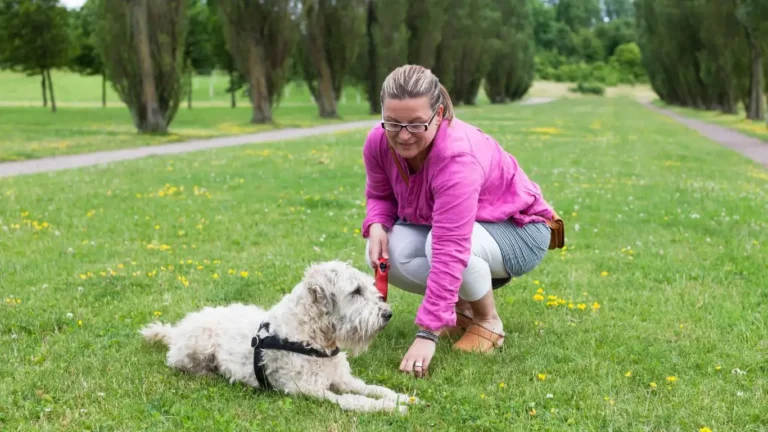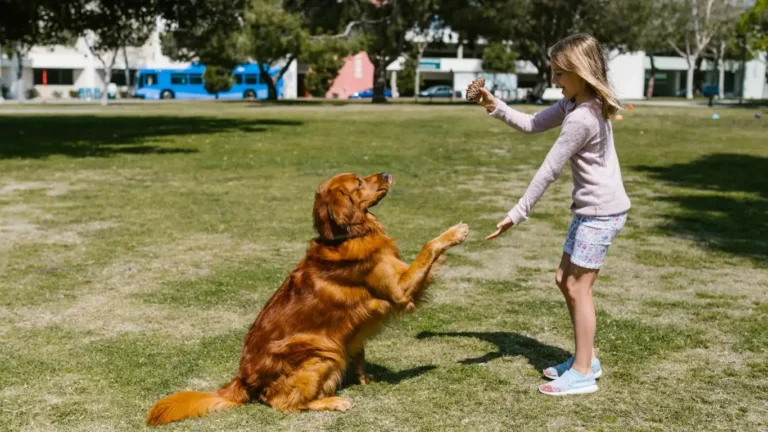Can Dogs Eat Kale Chips? The Surprising Truth Every Owner Should Know
If you’ve ever been snacking on some kale chips and caught your pup giving you those hopeful, “Can I have some?” eyes, you’re not alone. I’ve had that moment more times than I can count while working as a Canine-Assisted Therapy Trainer. That’s when the question hits: Can dogs eat kale chips? It’s such a simple snack, but what seems harmless to us humans isn’t always so straightforward for our four-legged companions. Let’s dive into what you need to know before you toss your furry friend a kale chip or two.
Can Dogs Eat Kale Chips? Let’s Talk Ingredients

Kale chips might be all the rage in the healthy human snack world, but not every trendy food translates well for pups. It all comes down to what’s in those chips. Homemade? You might be okay. Store-bought? That’s where it gets trickier. In my experience with therapy dogs, even small treats can cause big problems if you’re not mindful of the ingredients.
What’s Actually in a Kale Chip?
Whether you make them at home or grab a bag at the store, the base is obviously kale. But what else is lurking in those crispy green bites?
- Oils: Many store-bought kale chips use vegetable or canola oil, which can be heavy on a dog’s digestive system.
- Salt: Too much sodium is never a good thing for dogs. Even small amounts can be harmful over time.
- Seasonings: Garlic powder, onion powder, and certain spices are big no-nos. I’ve seen mild toxicity cases just from well-meaning owners sharing their snacks.
- Preservatives: Some brands sneak in chemicals to keep chips crispy. Not ideal for sensitive stomachs or regular treat use.
When I’m working with therapy dogs, I always stress to owners: if you wouldn’t eat it yourself or you can’t pronounce half the ingredients, skip it for your pup.
Are Kale Chips Ever Safe for Dogs?

Here’s the deal — plain, homemade kale chips can be okay for dogs in moderation. I’ve made simple versions with just kale and a touch of olive oil for a few of the therapy dogs I’ve worked with. But even then, it’s a “sometimes snack”, not a daily reward.
Homemade vs. Store-Bought Kale Chips
- Homemade: You control the ingredients. No weird powders or sneaky spices. Just kale, maybe a drizzle of oil, and a low-temp oven. Easy.
- Store-Bought: Even brands that seem “natural” can contain harmful extras. Always read the label like your dog’s health depends on it — because it does.
Back when I was training a Golden Retriever named Max (sweetest boy ever), his owner loved making kale chips for herself. She made a dog-friendly batch on the side with no oil or salt, and Max adored them. But we still limited it to once a week, and always during a calm training session to monitor how his body responded.
Why Some Dogs Might React Poorly to Kale
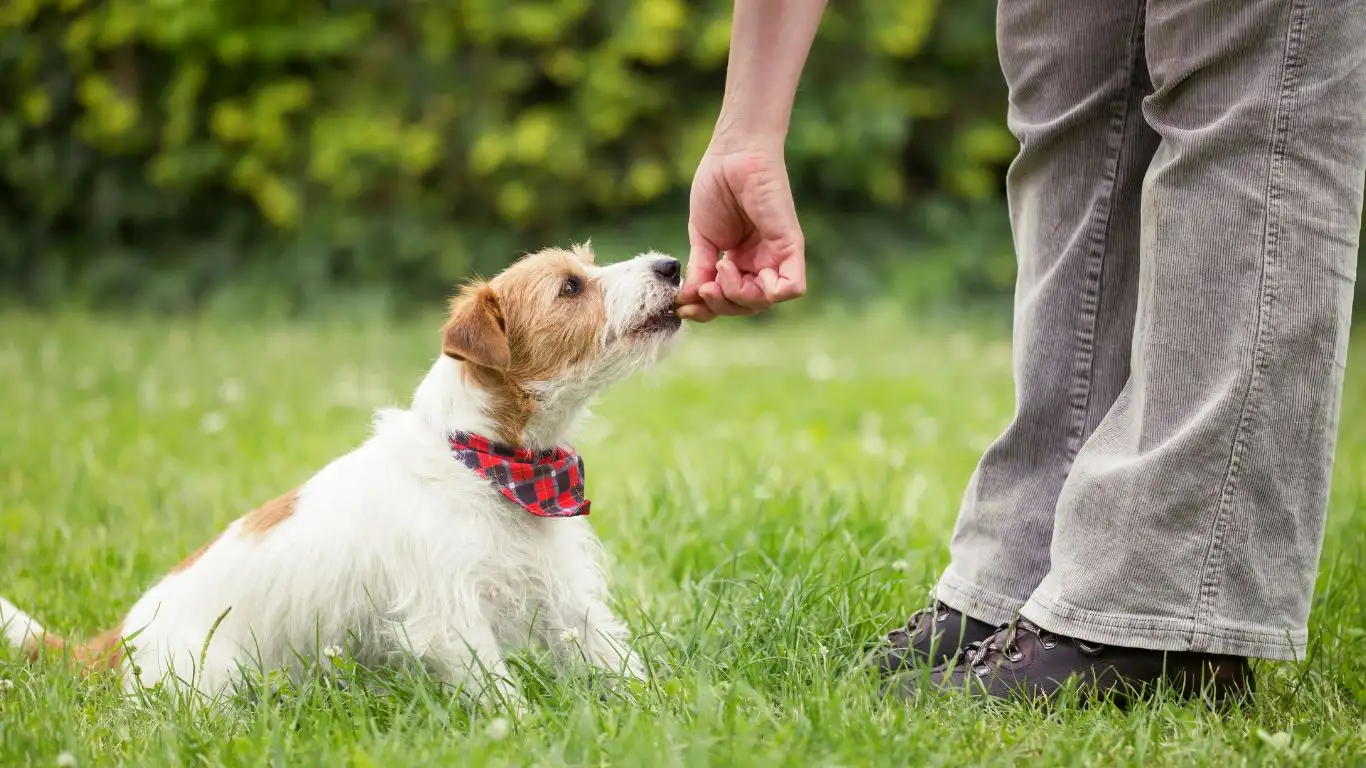
Okay, time for a little science mixed with experience. Kale, while packed with vitamins, also contains compounds that can be too much for some dogs, especially if they have sensitive stomachs or existing health conditions.
Potential Concerns with Kale for Dogs
- Oxalates: These natural compounds can interfere with calcium absorption and potentially lead to kidney stones in dogs prone to urinary issues.
- Isothiocyanates: These are found in cruciferous veggies like kale and, in large amounts, can cause gastric irritation or thyroid issues in some pups.
I once worked with a sweet senior beagle named Chloe who had minor kidney issues. Even healthy greens like kale were something we had to be cautious about. Her vet gave us the green light for tiny bits now and then, but it had to be fresh and unseasoned — and definitely not in chip form.
Talk to Your Vet (Always!)
No matter how healthy a snack might seem, every dog is different. Age, breed, weight, health history — it all matters. I’ve had countless conversations with veterinarians while building custom nutrition and reward plans for therapy dogs. So before you share that crunchy kale chip, talk to your vet. It’s the best way to avoid any nasty surprises later.
How Much Kale Is Too Much for Your Dog?
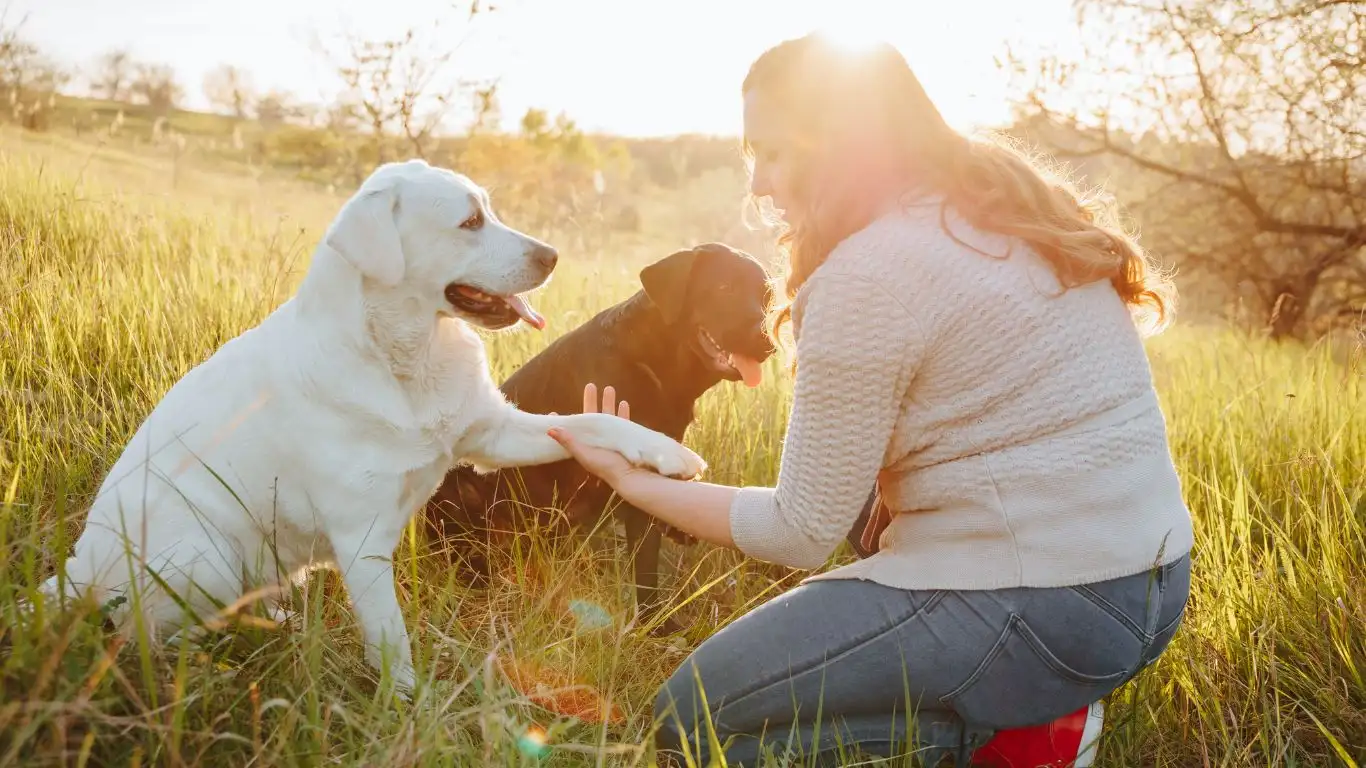
So now that we’ve broken down whether dogs can eat kale chips and what might be hiding in them, let’s talk quantity. Just like you wouldn’t feed your dog a whole bag of jerky treats in one go (I hope!), moderation is absolutely key when it comes to kale chips too.
In my experience working with therapy dogs of all shapes and sizes—from little scrappy terriers to majestic shepherds—what’s “too much” can really depend on the dog. But here’s a good starting rule of thumb:
- For small dogs: 1-2 small pieces (think thumbnail-sized) per week
- For medium dogs: Up to 3-4 pieces, max, once a week
- For large dogs: 4-5 pieces, and no more than twice a week
I remember one session with a lovable but, uh… let’s just say “over-enthusiastic” Labrador named Benny. His owner had made a batch of homemade kale chips and thought he was being generous with the treats. Turns out, Benny downed almost half a bowl. Let’s just say the next few training sessions included a lot more… cleanup than usual. Lesson learned the smelly way.
Signs Your Dog Didn’t Tolerate Kale Chips Well

Even if you keep the portions tiny, every pup reacts differently. Just like some humans can eat spicy food without flinching and others start sweating from mild salsa, dogs have their own tolerances too.
What to Watch For After Feeding Kale Chips
- Loose stools or diarrhea – A pretty common sign their tummy isn’t on board
- Gas or bloating – Not dangerous, but definitely uncomfortable
- Lethargy – Especially if combined with vomiting or loss of appetite
- Excessive drooling – Can mean nausea
If you notice any of the above within 12-24 hours of feeding kale chips, it’s probably not the right snack for your dog. When I used to lead puppy therapy programs, we kept food logs for the first few weeks so we could pinpoint reactions to any new foods. That’s a habit I still recommend to dog parents—it can save you a lot of guesswork and vet bills.
Healthier Alternatives to Kale Chips for Dogs
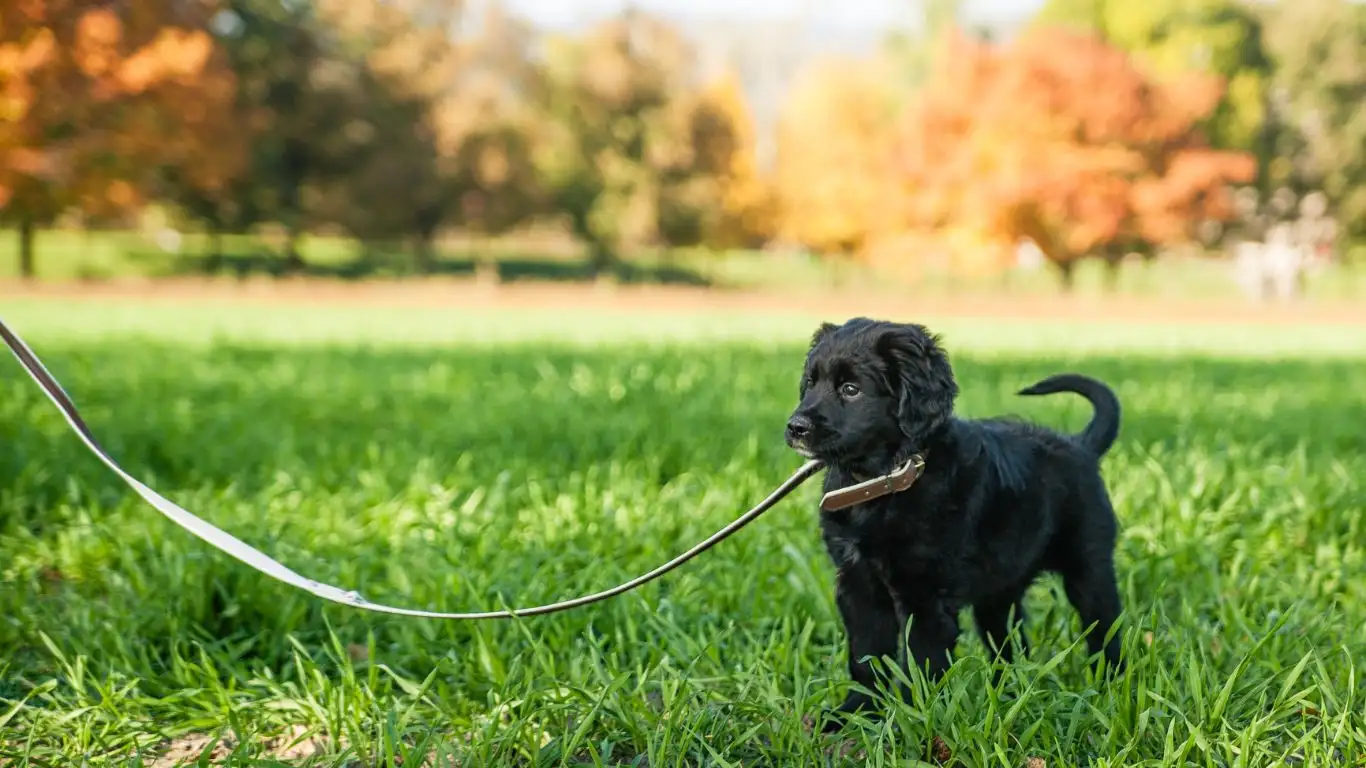
If you’re looking for something crunchy and satisfying that’s safer than kale chips, you’ve got options. And trust me, dogs don’t care about the name or trendiness of a snack—they just want something that smells good and makes their tails wag.
Vet-Approved Crunchy Snacks
- Dehydrated sweet potatoes: Naturally sweet, packed with fiber, and super easy to make at home.
- Carrot sticks: Cheap, crunchy, and most dogs love them. They’re great for teeth too.
- Plain air-popped popcorn: No butter or salt. A fun training reward, especially for food-motivated pups.
- Freeze-dried liver treats: My go-to for high-reward training moments. Dogs go bananas for them, and they’re nutrient-dense.
One of the therapy labs I worked with, Cooper, would practically levitate for a piece of dehydrated sweet potato. His owner actually made them in a toaster oven and kept a stash in a treat pouch. Way better than processed snacks, and Cooper stayed in amazing shape thanks to smart snack choices like that.
When Kale Chips Might Be a Better Option Than Store-Bought Treats
This might sound contradictory after everything I just said, but hear me out. If you’re weighing kale chips against, say, a random artificial treat loaded with corn syrup, dyes, and meat by-product mystery mush… homemade kale chips can be the lesser evil. It all comes down to what else is available in your pup’s diet and how their body handles veggies.
For dogs on strict diets (like weight loss regimens or allergy-sensitive plans), you might be better off using veggie-based snacks. I’ve had therapy clients whose dogs were allergic to most proteins except fish, so their snack options were super limited. In those cases, kale chips—carefully made and closely monitored—became part of a balanced reward system.
Still, no matter how “clean” the kale chip is, it’s a treat, not a meal. It’s just a little bonus. You’re not going to turn your dog into a super athlete or therapy-ready star just by feeding them trendy greens. Training, love, structure, and the right guidance matter way more—take it from someone who’s trained everything from therapy mutts to show-ring champions.
Training with Treats: Can Kale Chips Be a Useful Reward?
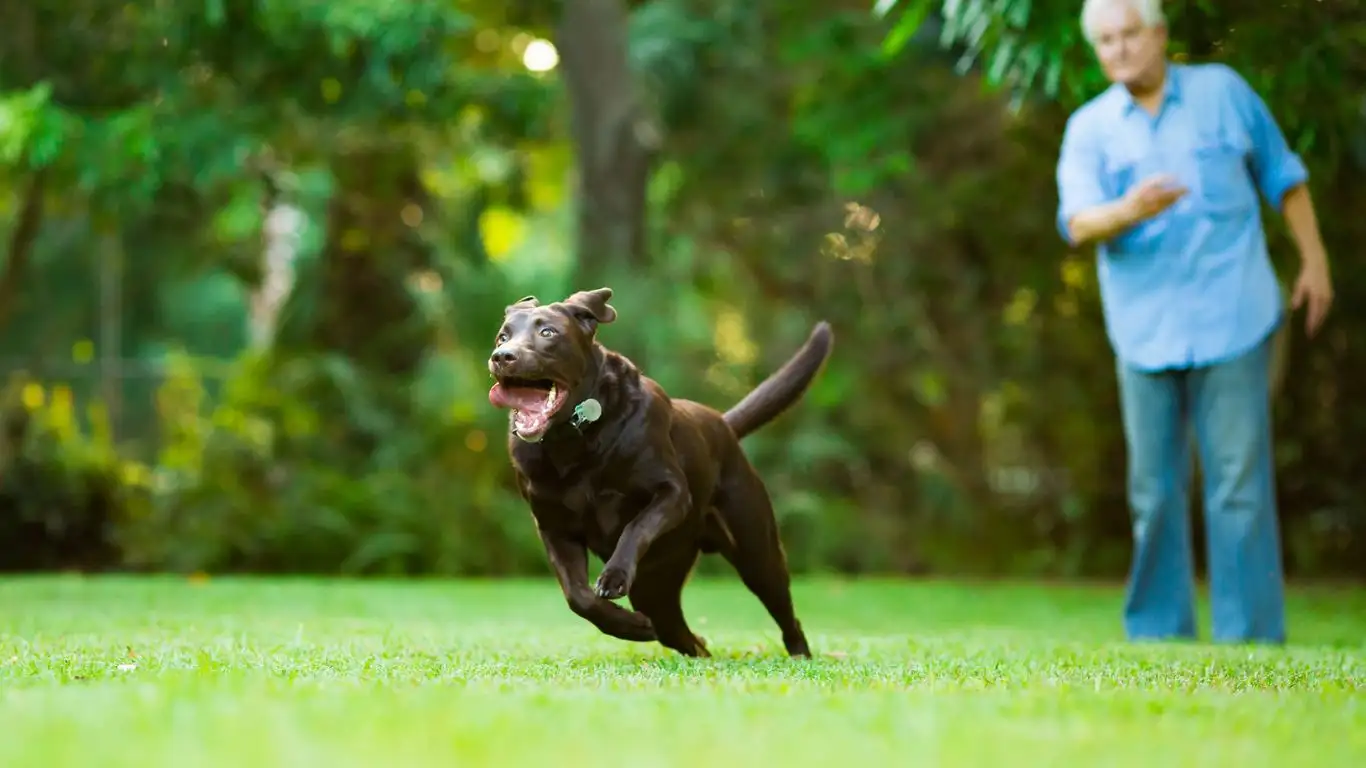
In my years as a Canine-Assisted Therapy Trainer, I’ve learned that the right treat at the right time can make or break a training session. And yes, kale chips for dogs can occasionally sneak into that reward rotation—if done thoughtfully.
When you’re training therapy dogs especially, you want low-calorie, non-greasy treats that won’t make your fingers smell like jerky for days (been there, trust me). Homemade kale chips—plain, crisp, and not oily—fit the bill if your dog tolerates them well. I’ve used them with success for low-distraction training moments or calm behaviors, like “settle” or “place.”
Just last year, I was working with a young rescue collie named Indie. She was skittish, anxious around strangers, and had a history of poor nutrition. Her owner had a garden and grew organic kale, so we tried tiny baked chips as a low-risk treat. Not only did Indie love the crunch, but the novelty of the snack also helped her stay curious and engaged during sessions.
Best Practices When Using Kale Chips for Training
- Break them small: Think fingernail-sized pieces. The smaller the bite, the longer your treat stash lasts—and the less chance of tummy trouble.
- Use in low-excitement settings: These aren’t high-reward treats like liver or cheese. Save kale chips for chill drills, not recall in a dog park.
- Rotate with other rewards: Mix things up to keep your dog guessing and motivated.
Remember, training is about communication and bonding—not just bribery. If you’re using treats, even healthy ones like kale chips, make sure they’re paired with praise, engagement, and consistency.
Final Thoughts on Kale Chips for Dogs

So… can dogs eat kale chips? The honest answer is yes—but only if you’re mindful about how and what you’re feeding. If they’re homemade, free from added salts or spices, and offered in moderation, they can be a decent occasional snack. But they’re not a superfood miracle or a substitute for proper nutrition. They’re just one small (and crunchy) piece of a bigger puzzle.
I can’t stress this enough: know your dog. What works for my golden retriever clients may upset a Chihuahua’s stomach. Always start slow, observe, and make decisions based on your dog’s reactions, health history, and of course, input from your vet.
When in doubt, keep it simple. Whole foods, clean ingredients, and common sense go a long way. Whether it’s kale chips, apple slices, or a piece of freeze-dried fish, the goal is always the same—happy, healthy dogs who feel loved and thrive in your care.
Quick Takeaways
- Kale chips can be safe for dogs—but only plain, homemade, and in small amounts.
- Store-bought kale chips are risky due to salt, oil, and spices.
- They’re best used as occasional treats, not everyday snacks.
- Some dogs may be sensitive to kale due to oxalates or isothiocyanates—check with your vet first.
- Use them sparingly as training rewards or low-cal treats in calm environments.
Helpful Resources
- PetMD – For trusted veterinary guidance on dog nutrition
- AKC – Great for breed-specific dietary advice
- Health.com – On the pros and cons of human superfoods
- NIH – For studies on food compounds like oxalates and isothiocyanates
Disclaimer
This article is based on my personal experience as a Canine-Assisted Therapy Trainer and general nutritional research. It is not intended to replace professional veterinary advice. Always consult your veterinarian before introducing new foods into your dog’s diet, especially if your pup has existing health conditions or dietary sensitivities.
